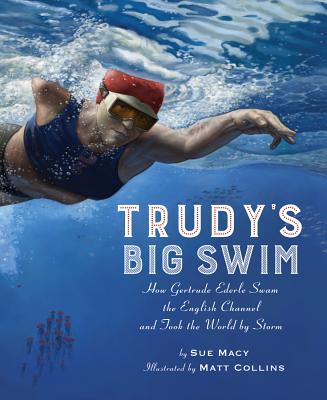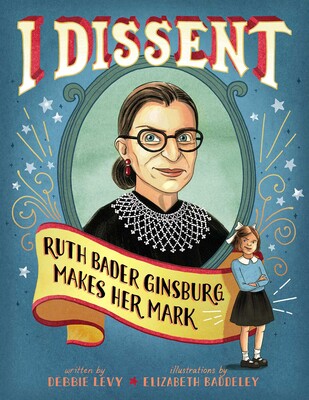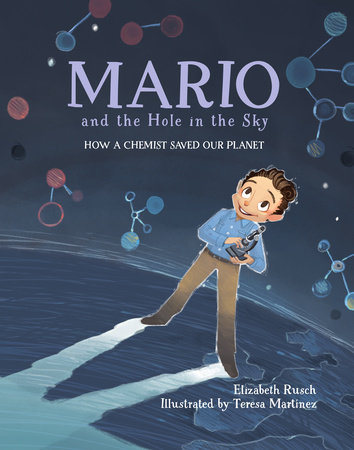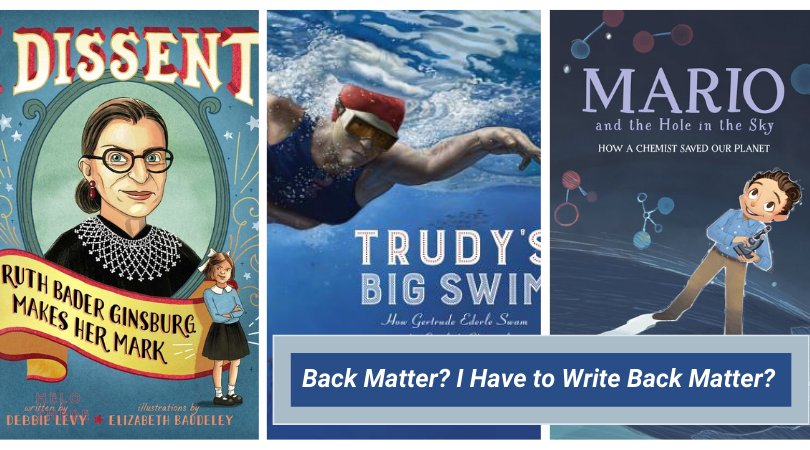craft post by Cathy Petter
Relax dear non-fiction picture book writer. I’ve got you. Non-fiction picture books are one of the most exciting categories for children’s book writers at the moment. These books get used in classrooms at every level, even in high school. One of the most important components in a non-fiction picture book is the back matter. But how does the writer know what information to include?
Non-fiction picture books vary so much, instead of just giving you an exhaustive list of possibilities, I’m going to give you something much better: the tools for YOU to figure out what you need. (And I’ll share what I’ve learned along the way.)
studying mentor texts
When working on a piece of non-fiction, look to mentor texts to find ideas for back matter.
Here’s an example: As I drafted a picture book biography text, I looked at 25 picture book biographies of both men and women, who led all different kinds of lives. I read the text and looked carefully at the back matter to see how it related to the text.
To help me, I created a spreadsheet that tracked things like:
- Did the book show the whole life or only part of it?
- The subject’s profession or main life accomplishment?
- Date published? Length?
- Bibliography? Sources? Other lists?
- Other back matter content?
In my research, I discovered that back matter really didn’t become a thing until about ten years ago and that there’s a huge range of possibilities for what to include.
discoveries: match the back matter to the content
Authors of picture book biographies tend to tailor the back matter to match the life that has been lived. For instance, in I Dissent, Ruth Bader Ginsberg Makes Her Mark by Debbie Levy, the back matter includes descriptions of Ginsberg’s cases, including a link to an audio of her first presentation to the Supreme Court.

Trudy’s Big Swim: How Gertrude Ederle Swam the English Channel and Took the World by Storm, by Sue Macy, tells the story of Gertrude Ederle’s historic swim across the English Channel in 1926. To help her readers understand the impact of Trudy’s accomplishment, Macy includes information about women, swimming, and sports in the 1920s in her back matter.
In Mario and the Hole in the Sky: How a Chemist Saved our Planet by Elizabeth Rusch, readers will find details about the work Dr. Molina has done in recent years to fight global warming, a visual comparison of the hole in the ozone layer with the problem of global warming, and things kids can do now to help save their world.
Mentor texts can give you more information to make other decisions about your project too. I compared the word counts for picture book biographies, the way those words fall on each spread, and I used them to decide how many life events I wanted to include.
ask teachers: use content that helps with lesson plans
In addition to using mentor texts, I polled teacher friends who I know use picture books in their classrooms – not just in elementary school, but middle and high school as well – and asked them how back matter helps them in the classroom.

My middle school teacher friend tells me that her science and math colleagues find picture books to be a non-threatening way to engage students when introducing new material that is unknown or abstract or dense and complicated. The picture books help teachers gauge the extent of students’ background knowledge, what areas are unknown, and what vocabulary is needed for direct instruction. Back matter can be leveraged, especially when academic language is used.
In her own language arts teaching, my friend says, “PB use drives a teacher’s lesson plans. I love using them because students are not intimidated to engage in conversations about the topic. A PB has the white space, illustrations, shorter passages and easier text that allows students to get their footing on new topics. Then the back matter, which tends to have more grade level information, can be explored without students losing interest or confidence.”
My author friend Kate Narita also teaches fourth grade. She wrote 100 Bugs! to help teach the math concept of counting in tens. But her book manages to slide in a lovely science lesson as well, presenting plants and insects described in detail in the back matter. As a result, it works for both math and science lessons.
Back matter helps teachers build lesson plans and find more sources for classroom enrichment. Good teachers are always looking for ways to add depth to their lesson plans, and your back matter can help them.
find what is relevant to your project
Doing this kind of deep reading, combined with conversations, gave me confidence to make my own decisions about what to include in my story’s back matter. I learned how broad the range is, and I got ideas that I never would have thought of otherwise. I saw things I loved, but also things I didn’t love.

This process gave me a context for talking about my book with other people who, I hope, will be reading my manuscript down the road: critique partners, my agent, my editor, my illustrator. The truth is that publishing books is always a collaborative effort, even if our names are the ones to wind up on the cover. Having the language to unpack the choices you’ve made will always make communicating with those collaborators easier.
now it’s your turn
- What books cover the same range of information as your book? Don’t be afraid to think outside the box as you look for mentor texts. Look for books published within the last three years to get a better sense of the current market.
- Mark the texts with post-its or take notes in a notebook as you work for easy reference and comparison later. You might pay attention to the author’s sentence structure, the way information is expanded in the back of the book ,or something else that stands out to you.
- Consider creating a back matter spreadsheet to help you compare and contrast your mentor texts.
- Track publication dates – what trends do you notice?
- How, exactly, does the author differentiate information for the main story versus the back matter?
If you enjoyed this post on mentor texts, here’s another post you may enjoy.
For more on picture books, check out these posts:
Cathy Petter’s debut picture book, Dear Moxie, Dear Rex, will release in the spring of 2025 from Reycraft Books. She holds an MFA in Writing for Children and Young Adults from Vermont College of Fine Arts, and is a member of SCBWI. She lives in New York City where she writes stories for kids of all ages and schemes to find cheap theater tickets. Find her on Instagram @cath.petter.


COMMENTs:
0